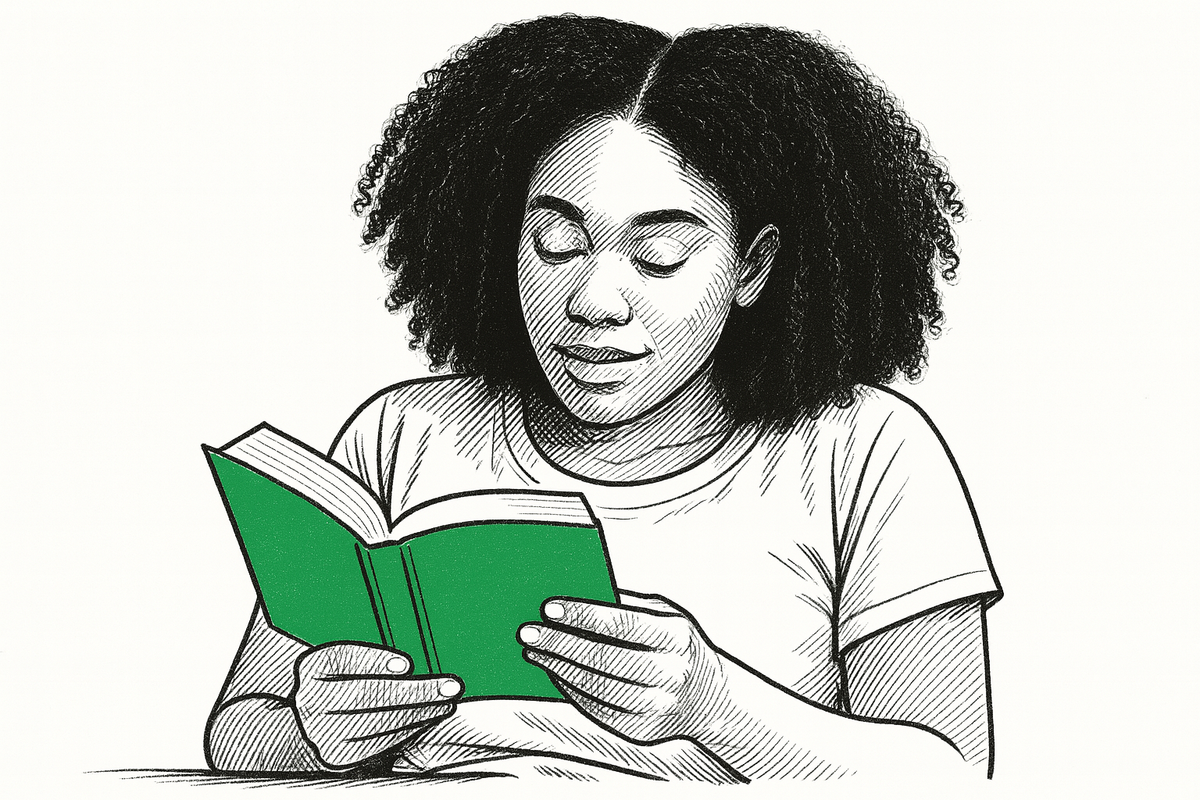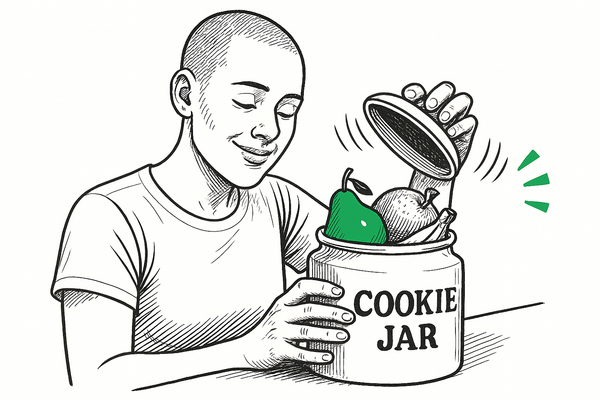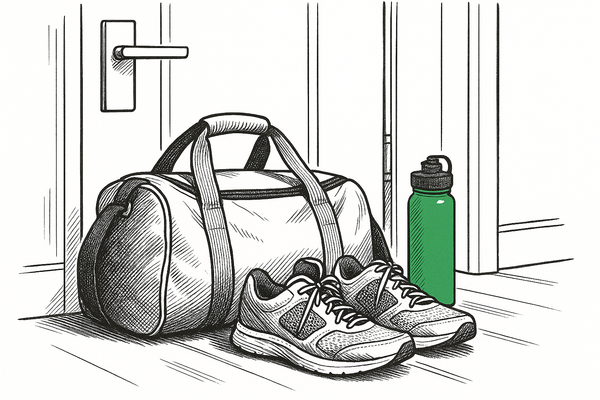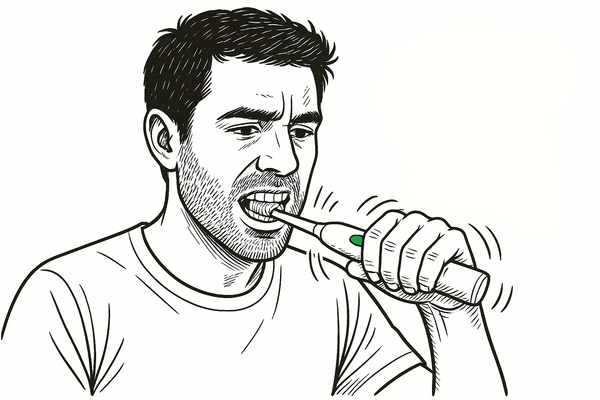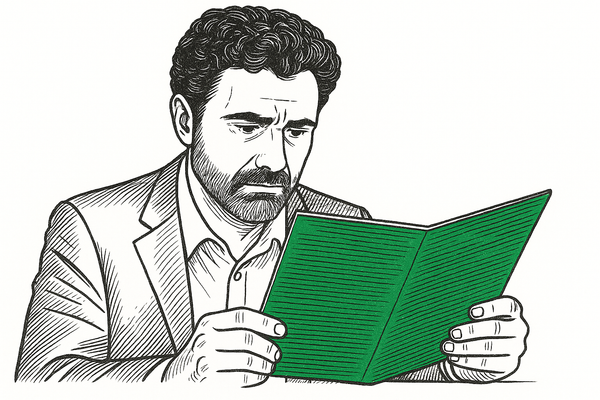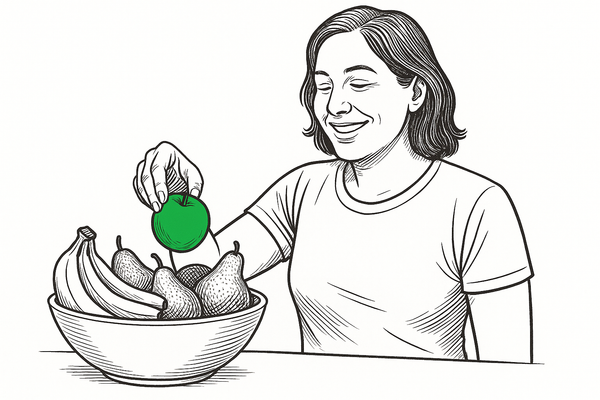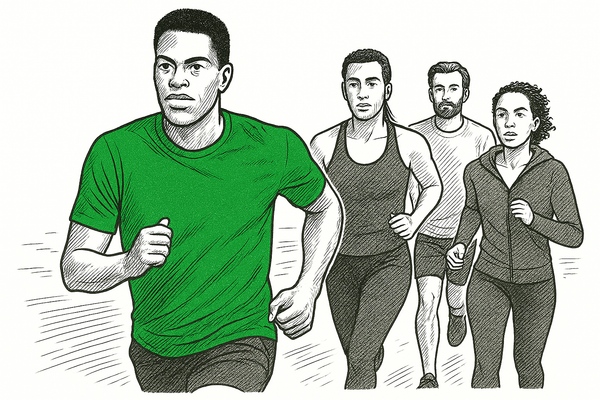Now:
Then:
Trigger test
Build
Make it real
Ask for a one-line pledge and a fallback plan.
“Publish draft by 30 June. If blocked, email Sam.”
- Is the goal phrased as verb + object + date?
- Is the fallback specific and realistic?
Let them pick the cost
Require a small commitment, but let users choose how they pay it with time, effort, or money.
This gives them autonomy and skin in the game.
- Is there always a £0 option to avoid exclusion?
- Do both paths require visible effort or investment?
- Have you tested drop-off at this step?
Capture a private signal
Ask for something they’ll feel, but that’s not public.
Examples:
Product: Type initials, take in-app selfie, or tick “I’m ready”
Programme: Sign a digital commitment card, log progress in their profile.
- Is the input active, not just a checkbox?
- Will they see it again later?
Add a peer mirror
Let them nominate a peer to view their progress.
Example: “Choose a buddy who’ll see your bar fill as you go.”
- Is this clearly opt-in?
- Is the other person notified, and are boundaries clear?
Share the pledge (for support)
Guide them to post their commitment to a small group, framed as a request for backup.
Example: “I’ve committed to finish Module 1 by Friday. Give me a nudge if I stall.”
Is the tone supportive, not braggy?
Can they choose the audience size (1–10)?
Is the share reversible?
Escalate the ask
Once they hit the first milestone, raise the bar slightly.
Connect progress to identity
Tie visible progress to evolving roles, streaks, or badges.
- Does each role or streak level feel earned?
- Would losing it feel like a step back?
Build reciprocity
Ask users to contribute something small to help others.
Only then unlock their next badge, tip, or milestone.
Example:
“Share one lesson from Week 1 to unlock your progress badge.”
“Post one tip for the next cohort.”
Metrics
Log baseline numbers before drills. Then track gains.

